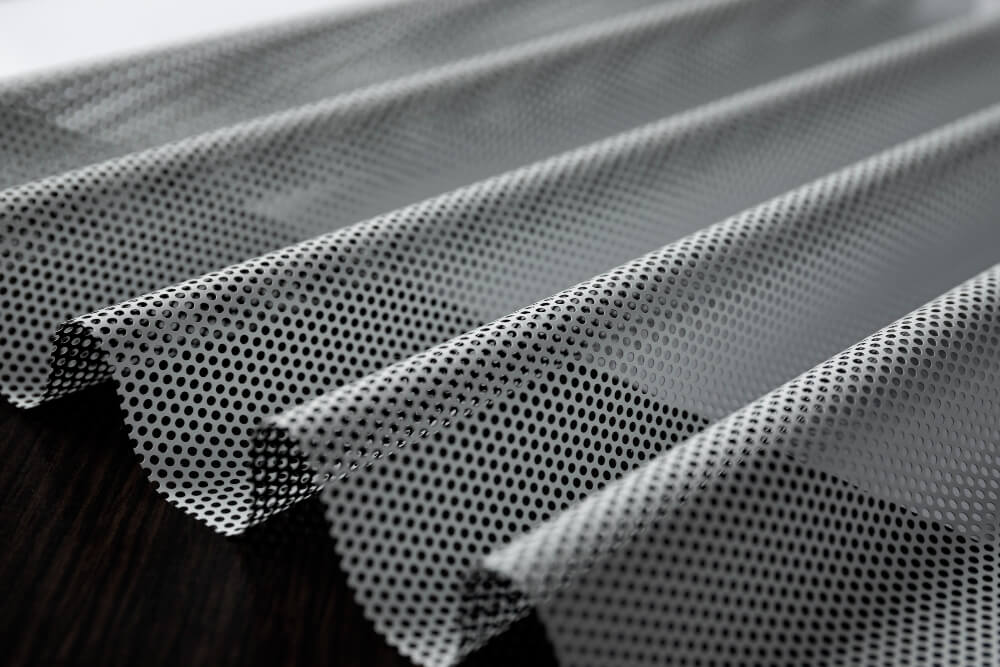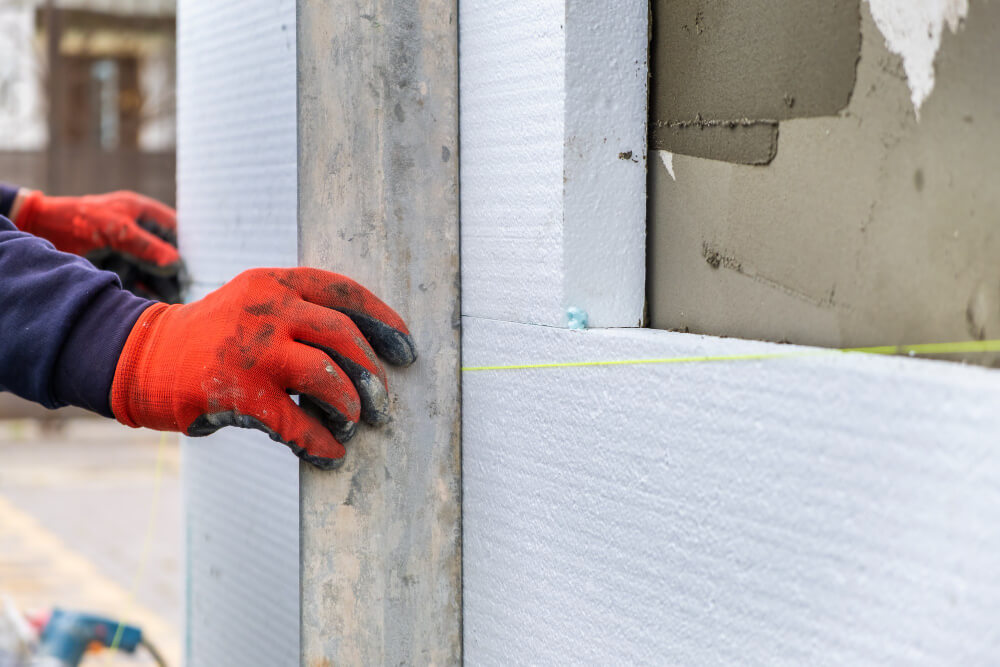
The Importance of R-Value in Thermal Insulation
When it comes to thermal insulation, the concept of R-Value is essential. It is a measure of how well insulation resists heat flow. In other words, the higher the R-Value, the better the thermal insulation. It is important to understand what R-Value is and how it affects thermal insulation in order to make informed decisions when choosing insulation materials. In this blog post, we will discuss the importance of R-Value in thermal insulation and what it means for your home.
What is R-value?
R-value is a measure of thermal resistance used in the building and construction industry. It is the ratio of the temperature difference across an insulator and the heat flux (heat transfer per unit area) through it or, alternatively, the thermal conductivity of the material divided by the thickness of the material. R-value is an important metric when considering the thermal performance of insulation materials. It tells us how effective an insulation material will be at resisting the flow of heat, both from the interior to exterior of a structure as well as vice versa. Higher R-values indicate better insulation. The higher the R-value of a material, the more effective it is at preventing heat transfer.
Why is R-value important?
R-value is an important measure of a material’s ability to resist heat flow. The higher the R-value, the better a material is at insulating your home or building. In other words, the higher the R-value, the better the thermal resistance of a material, meaning it is more effective at keeping the indoor temperature consistent throughout the year.
In general, the higher the R-value, the greater the insulation performance and the more energy you will save over time. For example, a wall with a higher R-value would be more effective at keeping cold air out during winter months and hot air out during summer months. This could lead to lower energy bills due to less energy being needed to heat or cool a space. In addition, a high R-value can also help improve indoor air quality by reducing drafts.
R-values are important when selecting materials for insulating your home or building. Different materials have different R-values, so it’s important to research and compare materials to ensure you are getting the most effective insulation for your needs. It’s also important to consider where you are installing the insulation and whether you need to account for moisture or air infiltration as this will affect the overall R-value of the material.
Ultimately, selecting the right insulation with a high R-value will ensure your home or building is well-insulated and comfortable all year round.

What factors affect R-value?
The main factors that influence the R-value of thermal insulation are the type of material used, the thickness of the material, and the environment in which it is used. Different types of materials have different levels of R-values. For example, fiberglass insulation has an
R-value of 3.1 per inch, while rigid foam insulation has an R-value of 6.5 per inch. The more effective the insulation material is, the higher the R-value it will have.
The thickness of the material also affects its R-value. Generally speaking, thicker insulation has a higher R-value than thinner insulation. If you want to increase the R-value of your insulation, then it’s a good idea to choose a thicker material or to use multiple layers of thinner material.
The environment in which your insulation is installed can also impact its R-value. If you live in a hot and humid climate, then your insulation’s R-value will be lower than in a cooler and drier climate. This is because warm and humid air can more easily pass through the insulation, reducing its effectiveness.
By understanding how different materials, thicknesses, and environments affect the R-value of insulation, you can make sure that you install the most effective insulation for your particular needs.


